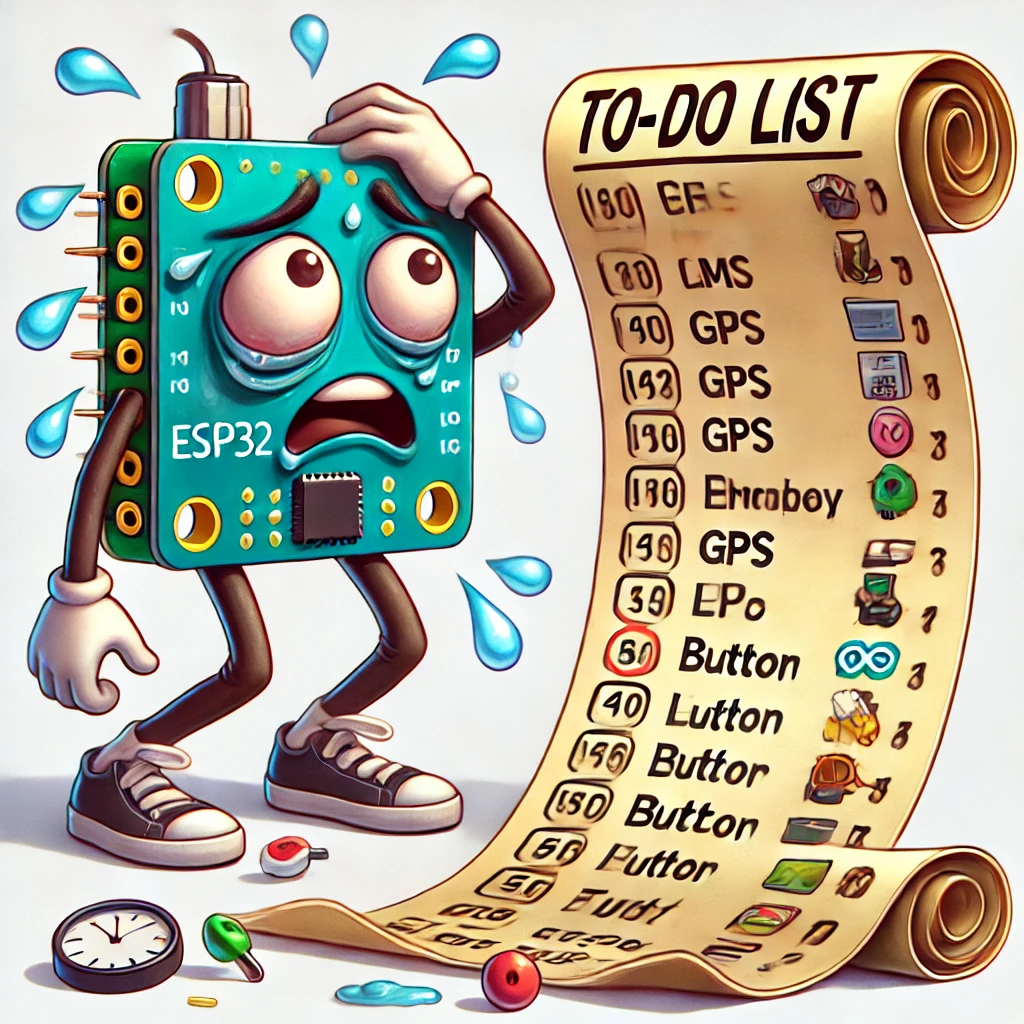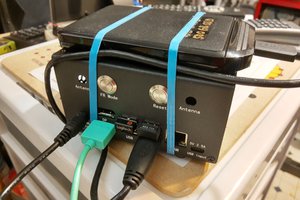Features:
- Offline Maps & GPS: Navigate with confidence using USGS topo maps and hardware GPS, all without an internet connection.
- Custom File Server: Upload your own trail essentials—knot guides, plant IDs, audiobooks, you name it—and access them anytime.
- Portable & USB-Powered: Small enough to toss in your pack, and powered by a simple USB-A connection, so you can keep going as long as your battery lasts.
- Easy Connection: Hosts a Wi-Fi access point with a QR code, making it easy to connect and access your maps and files.
Limitations:
- Speed Limits: With server I/O capped at around 1MBPS, you might need to pack a little patience along with your gear. This device isn’t winning any speed races.
- No Concurrency Champs Here: While multiple connections are fine, don’t expect it to juggle multiple file requests at once. One at a time, please— besides, whats your rush out here?
- DIY File Loading: You’ll need to load your own files and topo maps onto the device, so make sure you’re prepped before hitting the trail
 Brett Smith
Brett Smith









 Ana
Ana
 lpauly
lpauly
 Matthew Carlson
Matthew Carlson
While larger, the BZ-251 has an onboard QMC5883 compass. Are there enough free cycles in the loop to read the value and display a heading instead of the qr code when a device is connected?